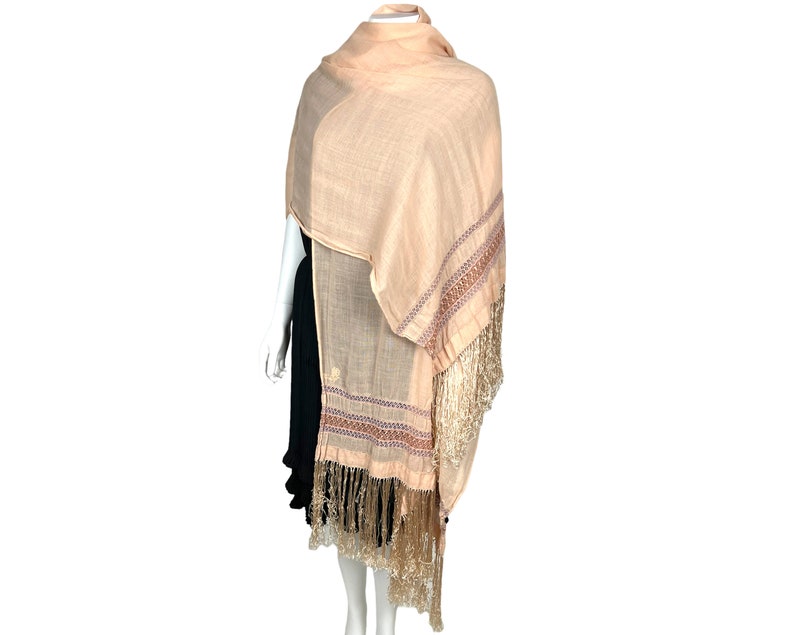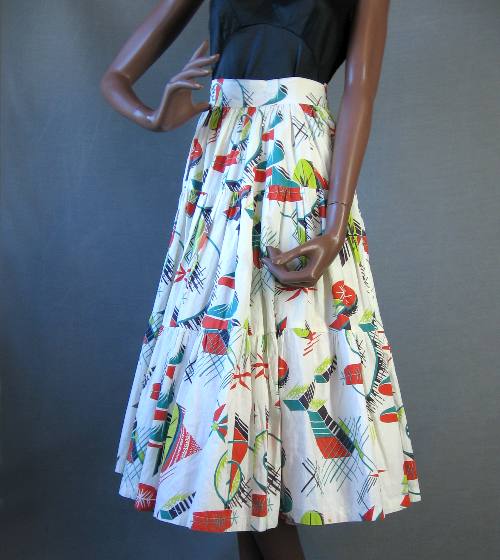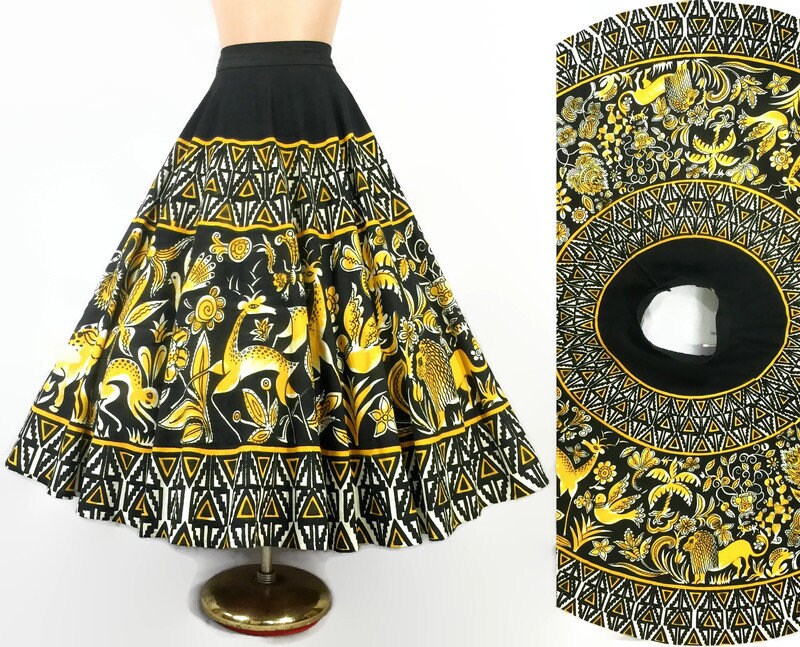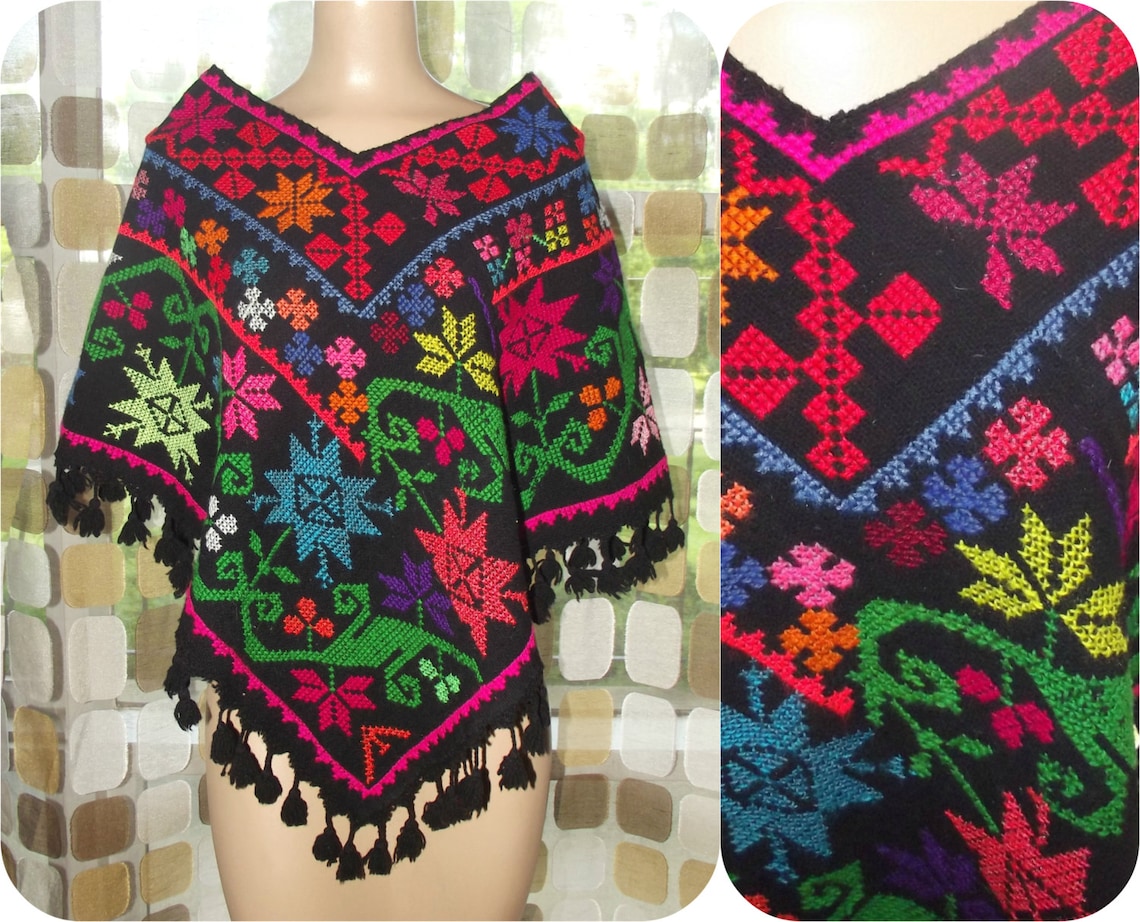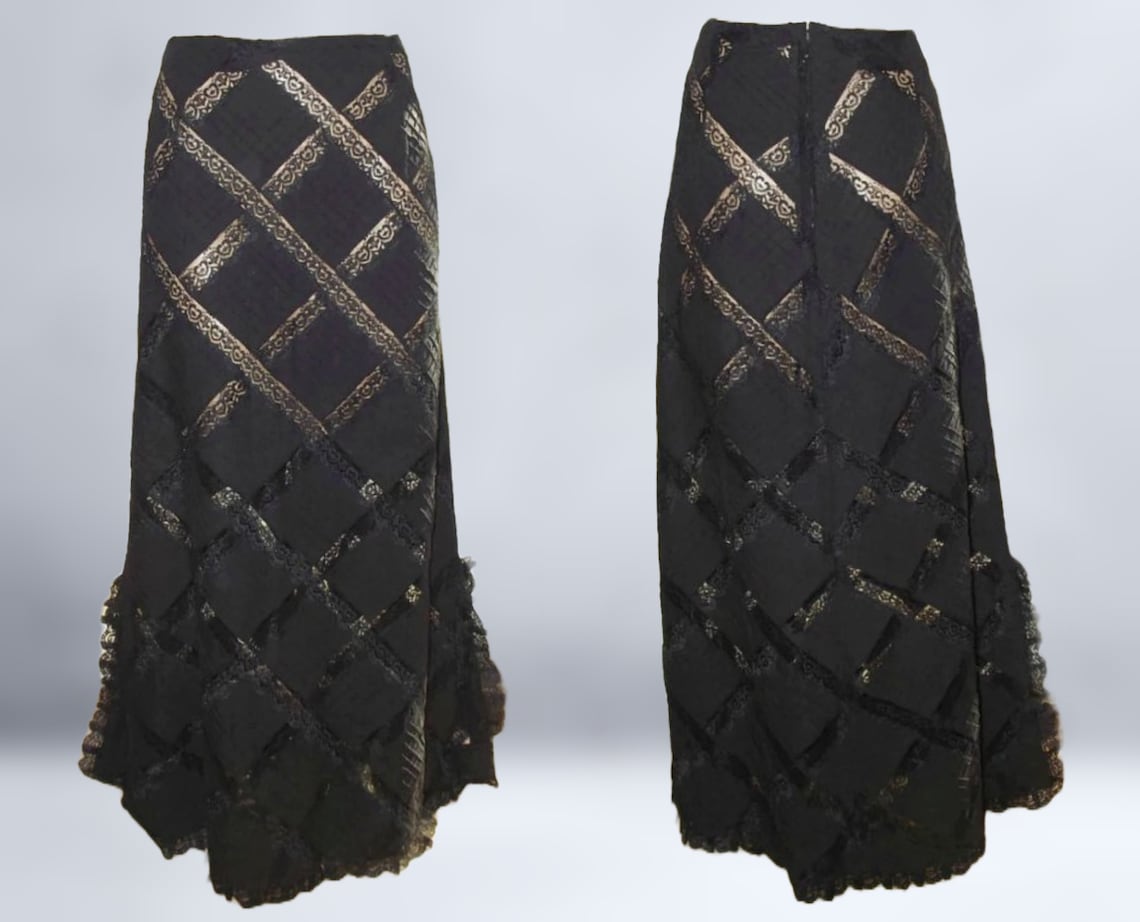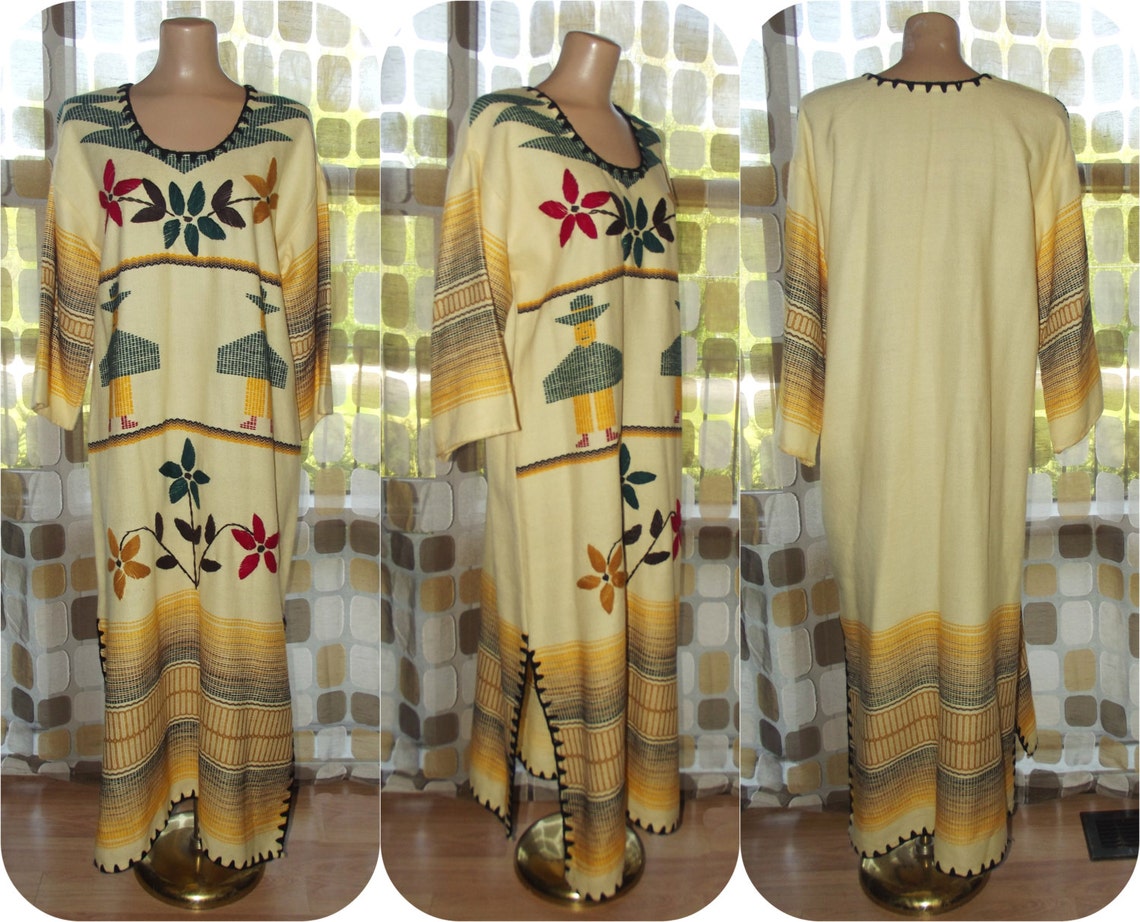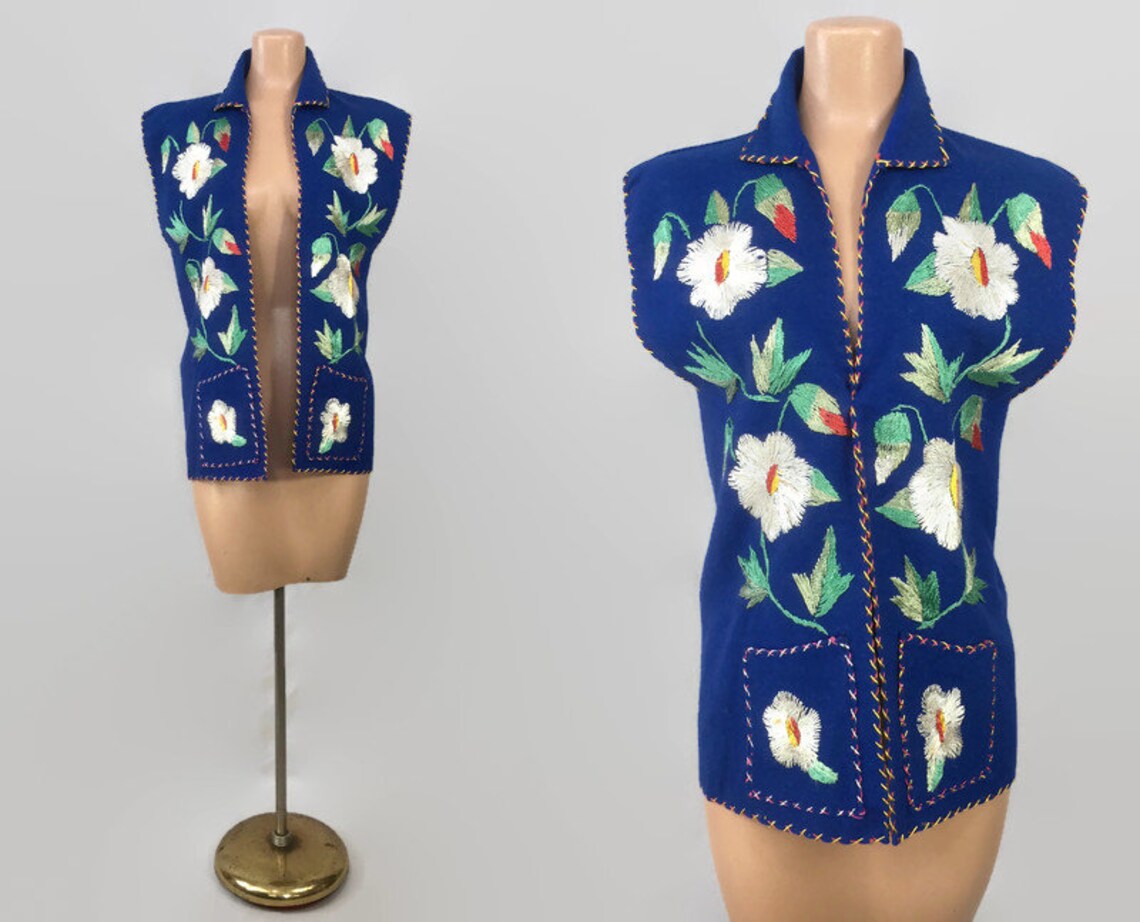carla rey
VFG Member
Get the Look: Frida Kahlo
Frida Kahlo’s wardrobe remained locked away until 2002. In November 2012 the Museo Frida Kahlo, in collaboration with Vogue México, opened the very first exhibition of Kahlo’s garments. The first exhibition of her clothing and other personal belongings outside of Mexico was the V&A’s 2018 “Frida Kahlo: Making Her Self Up”.
Frida Kahlo was the daughter of a German father and a Mexican mother, specifically a Mexican from Tehuana. This area of Oaxaca is matriarchal, and Kahlo chose to dress in her native region’s style to portray power, as well as hide her disabilities.
Kahlo was stricken with polio at the the age of six, and her right leg was significantly shorter than her left. At the age of 18, she was nearly killed in a bus accident, and her body deteriorated from that point on, while her formidable art came to life.
Women’s dress from Tehuana consists of three parts, with flowers and ribbons or a headpiece emphasizing the face, a shortened blouse (huipil) and a long skirt. There is a concentration upwards, with dramatic jewelry. For Frida, this was a way of distracting from what made her weak, and putting the emphasis on her feminine power, her uniquely beautiful face, her socialist beliefs and the pride she felt in her heritage.
While she wore European items as well (as in the white outfit she wears in her painting Las Dos Fridas), the same basic formula remained the decorations in the hair, the strong jewelry, the shorter blouse and the long skirt. Her colorful clothing often featured embroidery and lace.
In coordination with the first exhibition of her clothing, Frida Kahlo was pictured on the cover of Vogue México, looking as unique and original as the day the photo was taken, ca. 1937. Designers and women of style have been inspired by Kahlo in specific and general ways ever since: A Gaultier corset dress from 1994 specifically references Kahlo’s plaster body supports; a woman who dresses as a statement of her true self can look to Frida Kahlo as a fearless example.
Frida Kahlo’s wardrobe remained locked away until 2002. In November 2012 the Museo Frida Kahlo, in collaboration with Vogue México, opened the very first exhibition of Kahlo’s garments. The first exhibition of her clothing and other personal belongings outside of Mexico was the V&A’s 2018 “Frida Kahlo: Making Her Self Up”.
Frida Kahlo was the daughter of a German father and a Mexican mother, specifically a Mexican from Tehuana. This area of Oaxaca is matriarchal, and Kahlo chose to dress in her native region’s style to portray power, as well as hide her disabilities.
Kahlo was stricken with polio at the the age of six, and her right leg was significantly shorter than her left. At the age of 18, she was nearly killed in a bus accident, and her body deteriorated from that point on, while her formidable art came to life.
Women’s dress from Tehuana consists of three parts, with flowers and ribbons or a headpiece emphasizing the face, a shortened blouse (huipil) and a long skirt. There is a concentration upwards, with dramatic jewelry. For Frida, this was a way of distracting from what made her weak, and putting the emphasis on her feminine power, her uniquely beautiful face, her socialist beliefs and the pride she felt in her heritage.
While she wore European items as well (as in the white outfit she wears in her painting Las Dos Fridas), the same basic formula remained the decorations in the hair, the strong jewelry, the shorter blouse and the long skirt. Her colorful clothing often featured embroidery and lace.
In coordination with the first exhibition of her clothing, Frida Kahlo was pictured on the cover of Vogue México, looking as unique and original as the day the photo was taken, ca. 1937. Designers and women of style have been inspired by Kahlo in specific and general ways ever since: A Gaultier corset dress from 1994 specifically references Kahlo’s plaster body supports; a woman who dresses as a statement of her true self can look to Frida Kahlo as a fearless example.
Last edited by a moderator:
